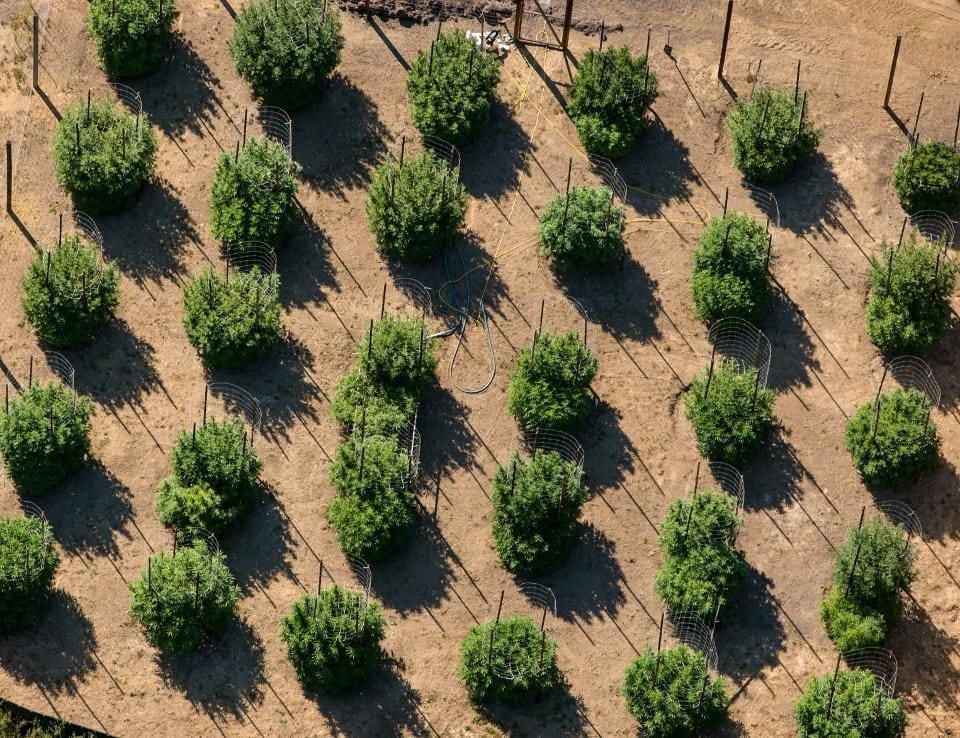Cultivation, Culture, Research
Direct-To-Consumer Access Is Important For Wine And Cannabis, Survey Shows
According to BW 166 LLC, a market research firm that provides insight into and analysis of the overall beverage alcohol trade, at $3.3 billion in wine sales the value of the U.S. domestic wine industry was unchanged from June 2017-2018 (California represents at least 90% of the U.S. wine industry). Another part of the analysis showed Direct-to-Consumer (DtC) sales over the same period at $132 million, a 12% increase .
Flatness in retail wine sales could be generational (Baby Boomers leaving and Millennials lacking funds), or it could be just a general pattern of business ebbing and flowing, but, as some have been suggesting, could it be cannabis?
In fact, the latest report from the cannabis delivery service company, Eaze indicates there may be reason to believe cannabis is not a threat to wine, at least not just yet. The report is based on path-to-purchase research conducted by Marketview Research online, which surveyed a random sample of 1,500 California and Colorado resident males and females 21 and over who have used cannabis in the past 30 days (a survey was also conducted among a separate sample of adults made up entirely of Eaze customers).
In its report regarding the survey, Eaze cites a May 2018 New Frontier data report: “California’s legal adult use cannabis market — the world’s largest — is eight months old, but first quarter sales and tax revenues were lower than forecast.”
Based on tax revenues from cannabis, New Frontier reduced California cannabis 2018 sales projections from $3.8 billion to $1.9 billion, and instead of a previously projected $6.7 billion by 2025, the new figure for seven years hence is $4.72 billion in legal sales.
According to Eaze, however, “While California voters approved cannabis state-wide, many local governments currently restrict access via local laws or regulations, which has driven a significant portion of consumers to purchase from unlicensed sources.” Eaze claims local laws have driven 1 in 6 cannabis consumers to the illicit market.
The survey shows that about 17% of residents have purchased from unlicensed businesses in the past three months and 84% of them are likely to buy from the same place again in the future. These consumers give price, taxes, unlimited operating hours and no regulations as their reasons for buying on the illicit market. Almost 25% of them indicate it would take at least a 5% decrease in overall taxes to bring them into the legal market. On the other hand, a tax increase of 5% will remove at least 32% of present cannabis consumers from the legal market.
Comparing California to Colorado Eaze says, “Colorado’s cannabis marketplace has had years to mature and consumers are generally compliant and satisfied with the legal market. Comparing Colorado’s market with the largest legal cannabis market, California, finds consumers that share motivations and frustrations like product price, quality, and convenience—but only 5% of Colorado consumers indicate they purchase most often from an unlicensed source…”
Another difference between the California and Colorado cannabis experience is DtC. Cannabis deliveries are legal in California (Eaze delivers across the state). Cannabis deliveries are not legal in Colorado. Still, Eaze says about 17% of Colorado cannabis consumers claim to have used a delivery service in the past three months.
This survey provides no distinct insight into the question whether or not legal cannabis has an effect on wine sales. It’s more likely that flattening wine sales stems from some other problem: maybe it’s price (especially in restaurants), marketing or consumer lifestyle changes; or maybe, as it is with legal cannabis, it’s regulation that restricts access.
We recently reported on the Wine & Spirits Wholesalers of America’s play to become sole distributors of cannabis, using the three tier alcohol regulation system as a model. But it just might be that the future for wine and cannabis are connected with direct delivery access, DtC.
Read more from the source: Forbes.com
Photo by George Rose/Getty Images


